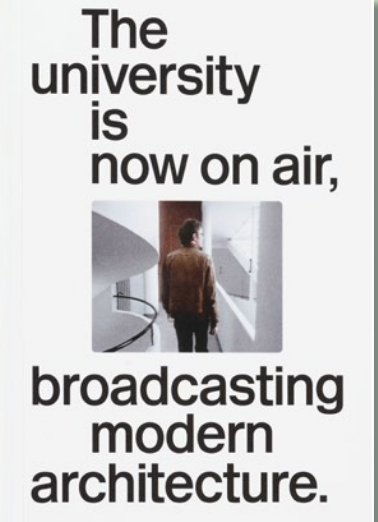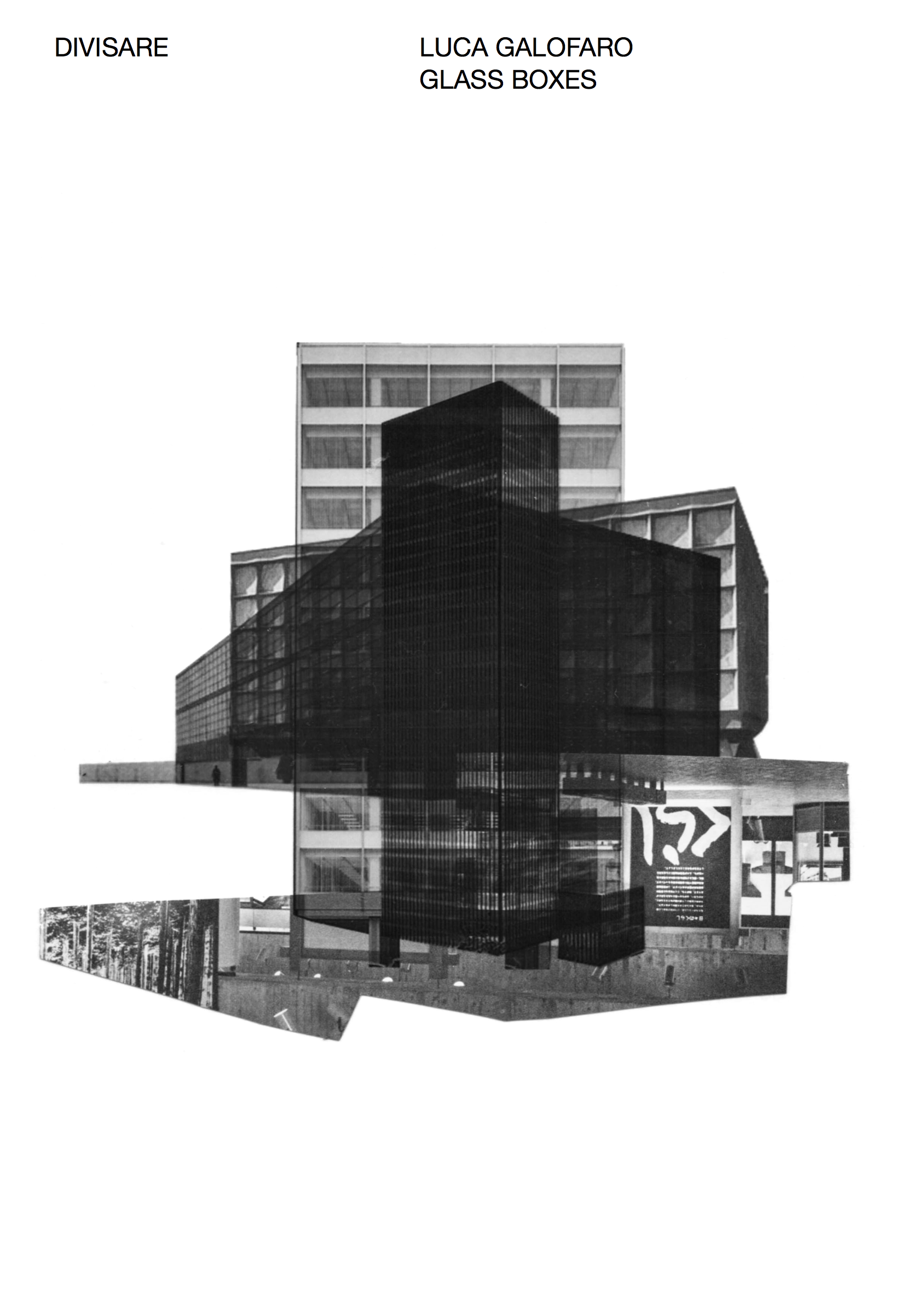THE UNIVERSITY IS NOW ON AIR, BROADCASTING MODERN ARCHITECTURE
A cura di Joaquim Moreno
THE UNIVERSITY IS NOW ON AIR, BROADCASTING MODERN ARCHITECTURE
CCA-Jap Sam Books - 2018
A multi-part book edited and narrated through 8 episodes by Joaquim Moreno, which analyzes the experience and the birth of the Open University, in particular the pioneering course in History of Architecture and Design. The Open University through radio and television broadcasts between 1975 and 1982, outlines the portrait of an era, a teaching method that today seems to be very topical again.An important story, something more than a simple distance education initiative. A school that does not want to replace traditional systems but wants to integrate them with the media.The Open University is linked to the concept of teaching on a large scale, and is based on three post-war educational trends, the desire to teach an adult audience, the need to create a media-related industry, the spread of education as a system capable of levelling out class differences. Education moves beyond the physical spaces of traditional universities and reaches a wide audience. The lessons were the result of teamwork and were constructed in a completely different way from traditional didactics.A book of great actuality capable from a certain distance of talking about the present, about the many questions that the University is asking itself. What does it mean to teach in a world dominated by the media and where distance will continue to transform the space of the community? And what is the space of knowledge. Moreno tells us through his careful research, that tools in every age must be understood and exploited to amplify the meaning of physical space.
Un libro a più voci curato e narrato attraverso 8 episodi da Joaquim Moreno, analizza l’esperienza e la nascita della Open University in particolare del pionieristico corso di Storia dell’architettura e del design. L’Open University attraverso trasmissioni radiofoniche e televisive tra il 1975 e il 1982, delinea il ritratto di un’epoca, un metodo di insegnamento che oggi sembra di nuovo di grande attualità. Una storia importante, qualcosa di più di una semplice iniziativa di istruzione a distanza. Una scuola che non vuole sostituire i sistemi tradizionali ma li vuole integrare con i media. L’Open University è legata al concetto di insegnamento su grande scala, e si basa su tre tendenze educative del dopoguerra, la volontà di insegnare ad un pubblico adulto, l’esigenza di creare un’industria legata ai media, la diffusione dell’educazione come sistema capace di livellare le differenze di classe. L’educazione si sposta oltre gli spazi fisici delle università tradizionali ed arriva ad un vasto pubblico. Le lezioni erano il frutto di un lavoro di equipe ed erano costruite in modo completamente diverso rispetto alla didattica tradizionale. Un libro di grande attualità capace da una certa distanza di parlare del presente, delle tante domande che l’Università si sta ponendo. Cosa significa insegnare in un mondo dominato dai media e in cui la distanza continuerà a trasformare lo spazio della collettività? E cosa è lo spazio della conoscenza. Moreno ci dice attraverso la sua ricerca attenta, che gli strumenti in ogni epoca devono essere capiti e sfruttati per amplificare il significato dello spazio fisico.











